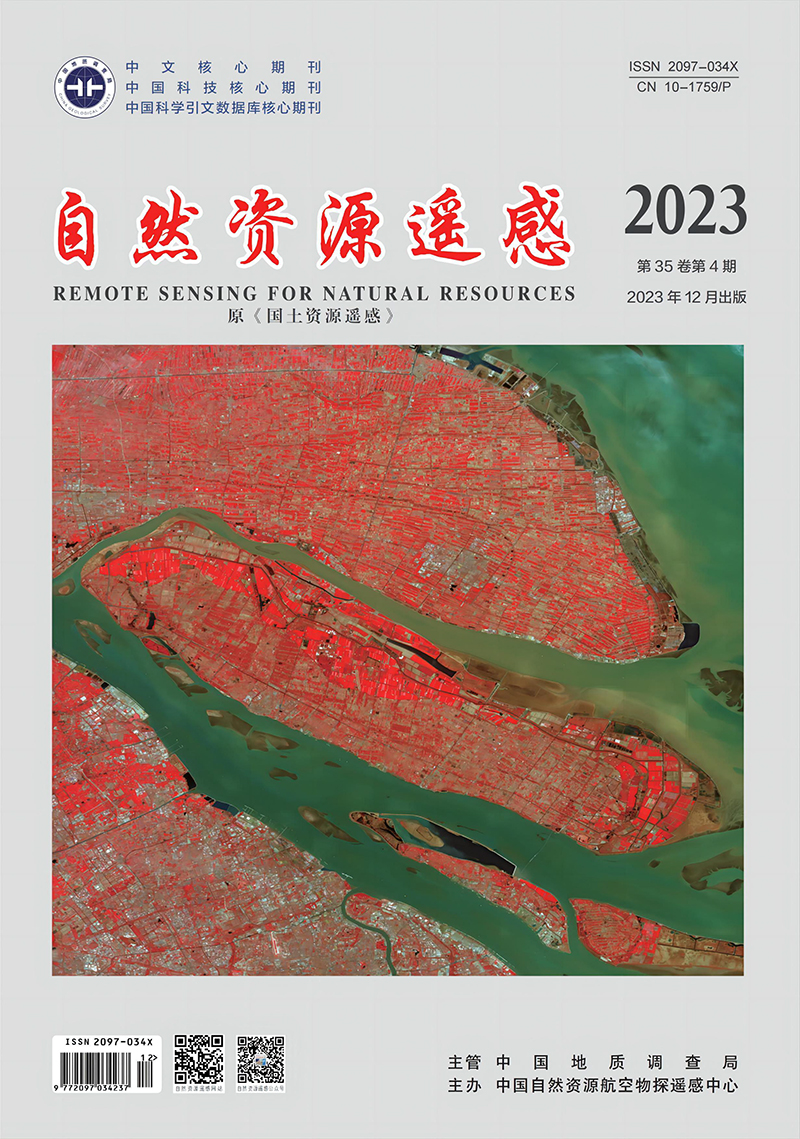CHEN Peipei, ZHANG Lihua, CUI Yue, CHEN Junhong. 2023. Net primary productivity simulation and environmental response analysis of the Jianghe River basin in western Hubei Province based on the BEPS-TerrainLabV2.0 model. Remote Sensing for Natural Resources, 35(4): 273-281. doi: 10.6046/zrzyyg.2022340
| Citation: |
CHEN Peipei, ZHANG Lihua, CUI Yue, CHEN Junhong. 2023. Net primary productivity simulation and environmental response analysis of the Jianghe River basin in western Hubei Province based on the BEPS-TerrainLabV2.0 model. Remote Sensing for Natural Resources, 35(4): 273-281. doi: 10.6046/zrzyyg.2022340
|
Net primary productivity simulation and environmental response analysis of the Jianghe River basin in western Hubei Province based on the BEPS-TerrainLabV2.0 model
-
School of Geographic and Information Engineering, China University of Geosciences(Wuhan), Wuhan 430074, China
More Information
-
Corresponding author:
ZHANG Lihua
-
Abstract
The simulation-based estimation and spatio-temporal variations of the net primary productivity (NPP) of regional vegetation hold critical significance for analyzing regional vegetation quality and carbon balance. This study investigated the Jianghe River basin in western Hubei Province. First, it pre-processed the input data, including land cover, topography, soil, meteorology, and vegetation indices. Based on this, it estimated the NPP of vegetation in the Jianghe River basin from 1986 to 2017 using the BEPS-TerrainlabV2.0 model, with the model's simulation accuracy evaluated. Moreover, this study explored the spatio-temporal variations of the NPP and its response to environmental changes. The results are as follows: ① The NPP of vegetation in the Jianghe River basin exhibited a unimodal distribution, with higher values in summer and lower values in winter, on an intra-annual scale, and a fluctuating rising trend on an inter-annual scale; ② The spatial distribution of the NPP manifested higher values in the north and lower values in the south; ③ The NPP values of different land cover types followed the sequence below: broad-leaved forests > mixed forests > coniferous forests > farmland > urban areas. The NPP rose with an increase in elevation. The NPP values of different soil textures rank below: sandy soil > sandy loam > loamy sand > silty loam; ④ Radiation and temperature manifested the strongest impact on NPP on a daily basis, and the leaf area index (LAI) exhibited the most significant influence on NPP on an annual basis, both passing the 0.01 significance test.
-

-
-
Access History







 DownLoad:
DownLoad: